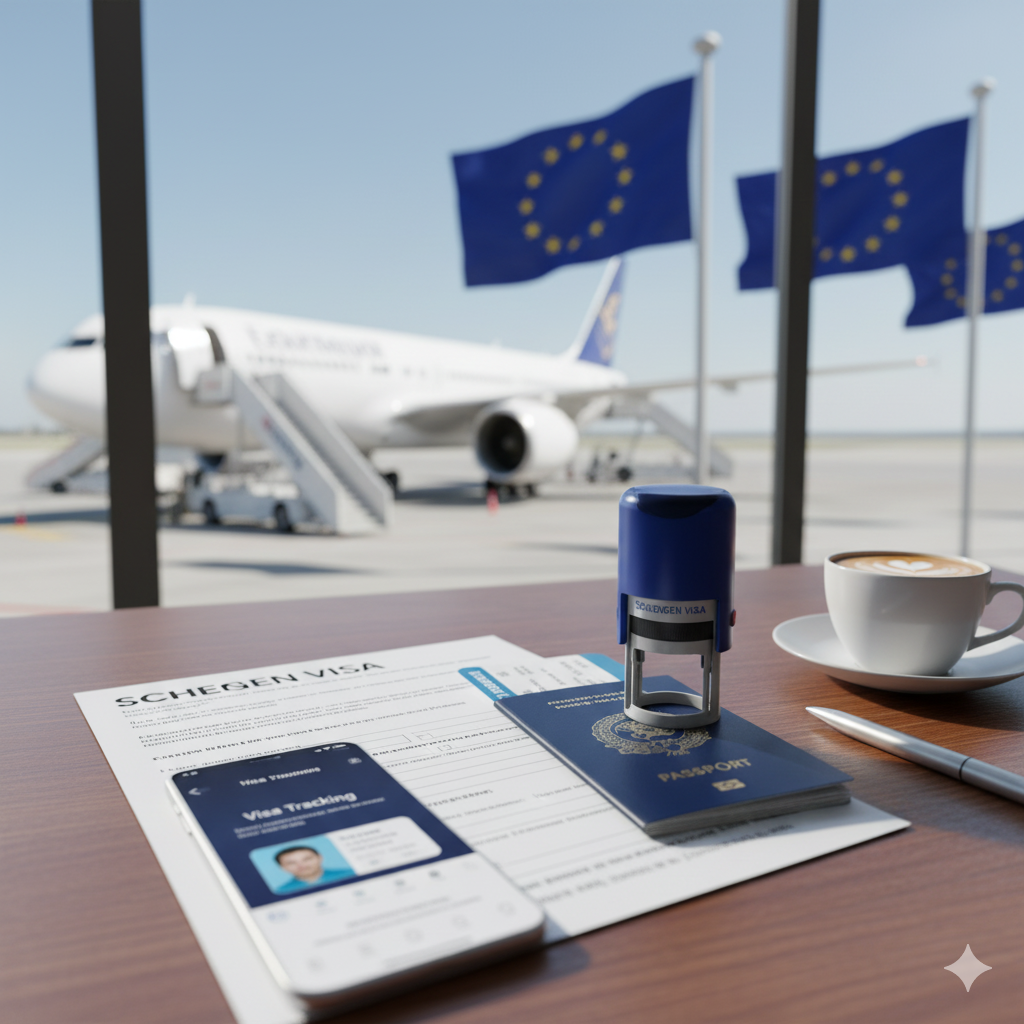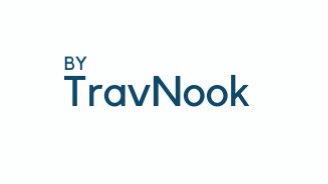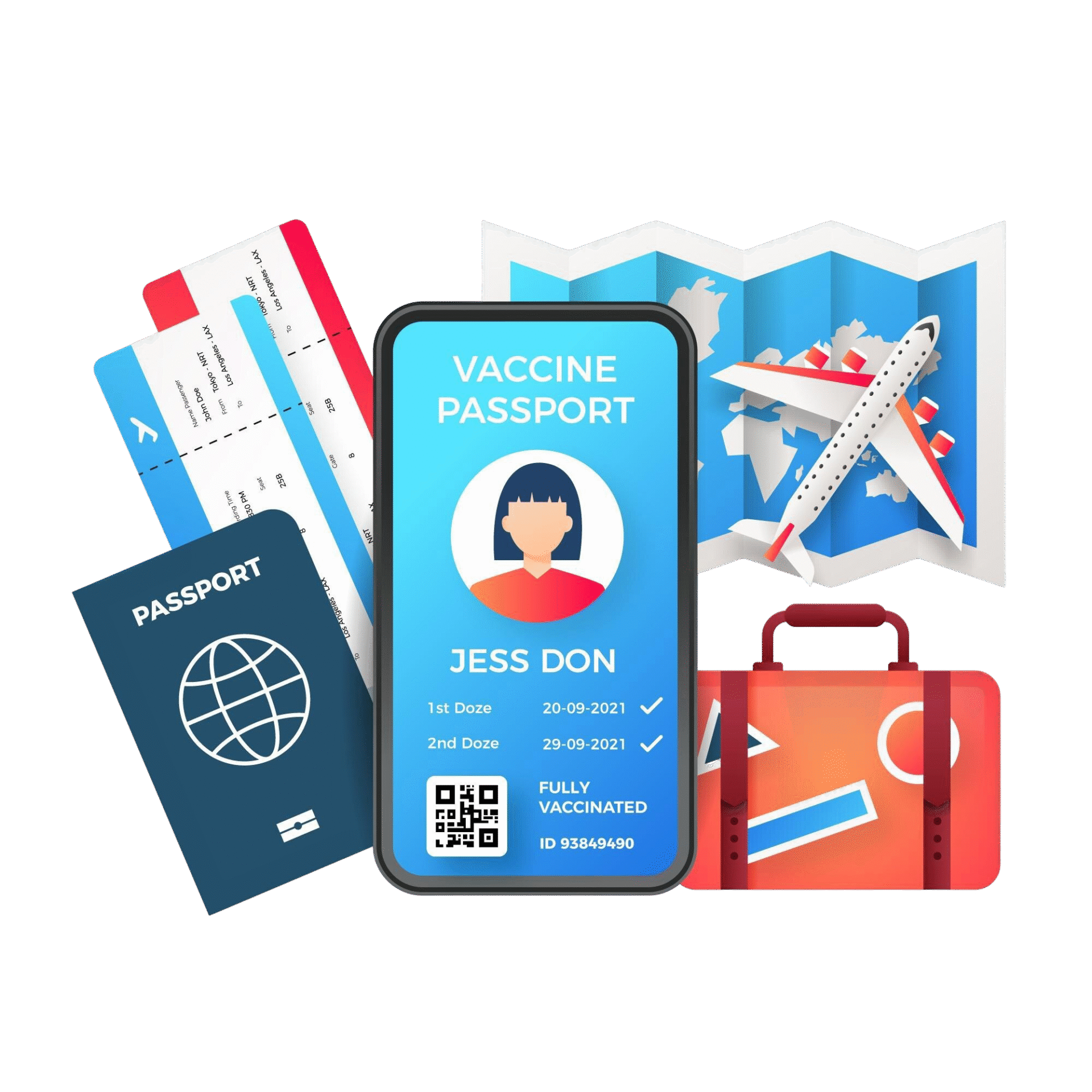Low Rejection Rate Schengen Countries
Looking for the easiest Schengen country from Dubai or Abu Dhabi? The truth is, approval odds depend far more on your file than the flag on the embassy. Still, some Schengen states historically show lower rejection rates for applications lodged in the UAE. This 2025 guide explains what those numbers mean, highlights recent trends, and shows how to position your tourist or business application for success, without chasing myths.
How To Read Approval And Rejection Rates
- Rates change yearly. Treat them as directional, not promises.
- “Low rejection” is measured either by nationality or by place of submission. For Dubai/Abu Dhabi applicants, the most useful lens is applications lodged in the UAE (i.e., residents applying locally).
- High‑volume consulates sometimes show average approval rates even when they issue the most visas. Conversely, smaller posts can show excellent rates but handle far fewer files.
Always apply to your main destination (longest stay; if equal, first entry). Applying somewhere only because you think it is “easier” can delay or jeopardize your file.

2024 Snapshot: Where UAE‑lodged Applications Fared Better (And Worse)
- Poland stood out for UAE‑lodged files with one of the highest approval rates in 2024 (about the mid‑80s%). SchengenVisaInfo
- Germany issued the most visas to UAE applicants in 2024, but with a mid‑70s% approval rate—solid volume, moderate acceptance. SchengenVisaInfo
- On the tougher end, Denmark and Croatia recorded some of the highest 2024 refusal/non‑issuance shares for UAE applicants. If you are genuinely visiting these countries, build an especially meticulous file. SchengenVisaInfo
For additional context, earlier public breakdowns (covering the prior year) frequently placed Italy, Portugal, Switzerland, and Belgium in the 80%+ approval band for UAE‑lodged applications—again, useful directionally, not guarantees. SchengenVisaInfo
Also useful at the macro level: worldwide Schengen demand climbed again in 2024 (over 11.7 million applications), which can influence appointment pressure and processing times from the UAE. Migration and Home Affairs
Should You Pick A Country Because Of A Lower Rejection Rate?
Short answer: No, unless it’s already your genuine main destination. Rates can help you set expectations and decide how much evidence to include, but they should not drive your itinerary. Consulates care that your route matches the rulebook and your documents tell one consistent story.
Who benefits most from “lower‑rejection” posts?
- Tourists whose true longest stay is in a country that typically shows stronger approval ratios.
- Business travellers with clear invites to destinations that also happen to be in the “friendlier” band.
- Frequent travellers with clean histories (timely exits, prior visas) applying early with complete files.
Visa Requirement (What Officers Look For—Regardless Of Country)
- Clear purpose of travel that matches your bookings (tourism looks like tourism; business looks like business).
- Sufficient funds and a transparent bank history (regular salary credits; realistic balances).
- Strong UAE ties—employment letter/NOC with leave approval and return date, business ownership where applicable, tenancy or property evidence, dependent family.
- Compliant travel insurance covering all Schengen states for the whole stay, including emergency medical care, hospitalization, and repatriation.
- Valid passport with sufficient validity beyond exit and adequate blank pages.
- Correct consulate based on main‑destination rule.
How To Use “Low Rejection” Intel—Without Risking Refusal
- Apply to your true main destination. If nights are equal, apply to your first Schengen entry point.
- Plan early in peak months. High demand can squeeze appointments and slow decisions even at “easier” posts.
- Keep documents consistent. Every date, name, address, and booking should align across the form, insurance, and confirmations.
- Prove your return to the UAE. Clear ties (job, family, housing, business) answer the biggest question in any file.
- Clean financials beat cash dumps. Stable salary credits and explainable balances are more convincing than sudden deposits.
- Use a one‑page cover letter. Summarize purpose, itinerary, who pays, and UAE ties.
- Don’t submit unverifiable documents. Provisional or altered papers trigger checks and refusals—especially at posts with higher refusal ratios.
- If you’re visiting a “tougher” post, raise the quality bar: day‑by‑day plan, confirmations for each night, strong employer letter, and insurance that matches revised dates exactly.
How UrgentSchengen Helps
- Pre‑assessment of your profile and route (tourist vs. business)
- Consulate‑match strategy based on your main destination (not myths)
- Tailored document checklist and cover‑letter drafting
- Guidance on compliant travel medical insurance and financial presentation
- Re‑application and delay support if your previous file was refused or stuck
Ask for a free pre‑assessment and a checklist customized to your trip and profile.
Final Thoughts
Low rejection rates are useful signals, not shortcuts. The smoothest way to a Schengen visa from Dubai or Abu Dhabi is a compliant route to your true main destination, backed by clear evidence that you’ll follow your plan and return to the UAE. If you want expert eyes or end‑to‑end help, UrgentSchengen can turn those signals into a smart, successful application.
FAQs
How long does it take to get a Schengen visa from Dubai?
Usually 7–15 working days, but can take up to 30 days in peak seasons.
When should I apply for my Schengen visa?
At least 4–6 weeks before travel. Applications can be filed up to 6 months in advance.
Is there a fast-track Schengen visa option in Dubai?
Yes, some embassies (France, Germany) offer priority visas processed in 2–5 working days.
Can UAE citizens apply for a Schengen visa?
Emirati citizens don’t need a visa for short stays (up to 90 days). Expats in Dubai must apply.
What if my visa takes longer than 30 days?
It may be due to additional checks or missing documents.



